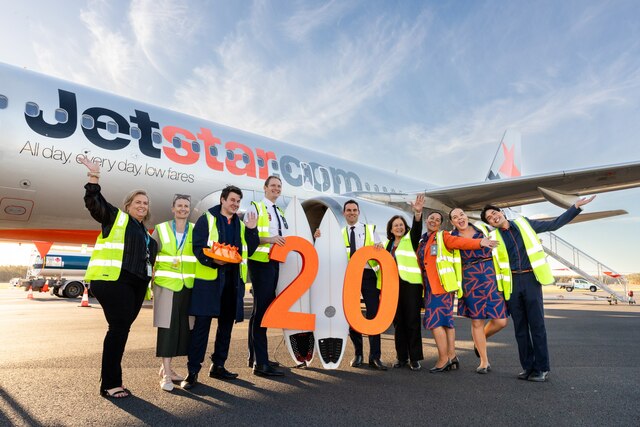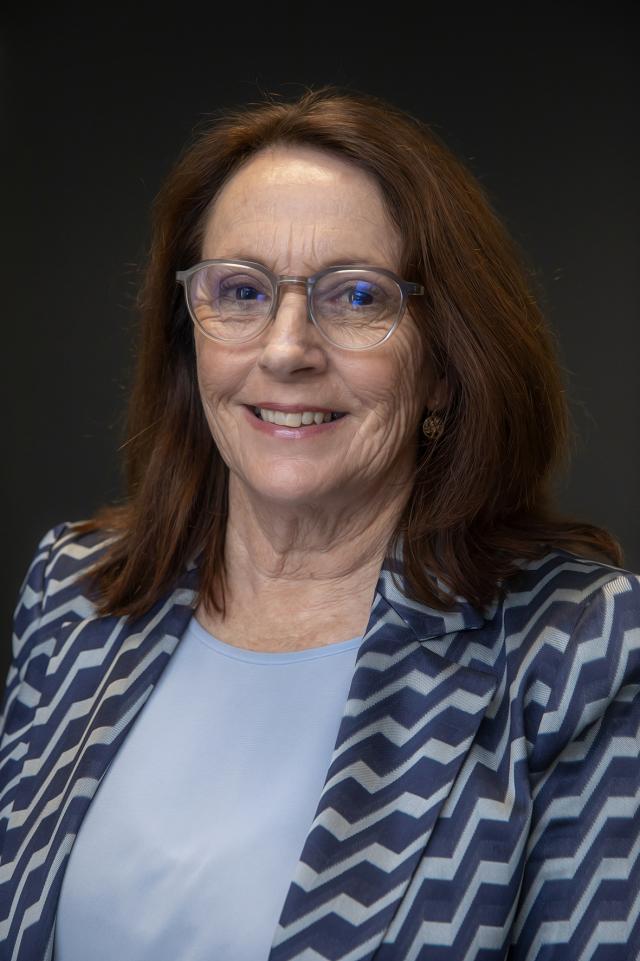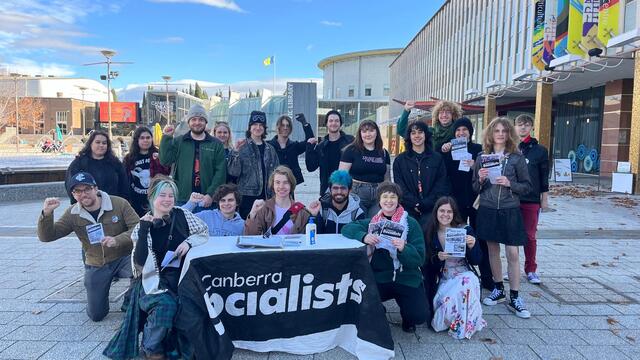Councillor Juliet Arkwright, Wingecarribee Shire, New South Wales
Q. How long have you been on Council?
I was elected number one from a field of 62 candidates in 2008.
Q. Why did you become involved in Local Government?
I have always been fascinated by the political process and as an active Liberal, I believe that for too long Local Government has been neglected by the major parties in rural areas.
Local Government is the area of government that is closest to the people and as a woman I believe that I can serve my community most effectively at this level.
Q. What makes your Council area special or different?
For me it is the tapestry of towns and villages sitting among a lovely rural environment. Large areas of National Park and water catchment areas, productive farmland and iconic natural features like Fitzroy Falls combined with four very distinct seasons make the Southern Highlands a special place to live and work.
In addition, our strategic proximity between Sydney and Canberra provides other advantages, such as ‘clean industry’ development and a centre for the arts.
Q. Tell us about Council’s tourism ambassador program.
Essentially the program provides every resident and business in the Shire with an ambassador passport. This allows residents, their friends and visitors to take advantage of approximately
70 exclusive offers of discounts and freebies at many of our tourism attractions – particularly cafes and restaurants.
There are 1.4 million visitors to the Southern Highlands each year and the ambassador program aims to multiply that number and value add to the $170 million per annum that tourism already attracts.
Q. What other innovative projects is Council working on?
Our Resource Recovery Centre has been at the cutting edge of waste management for some years now. Our saleyards have been rebranded as the Southern Regional Livestock Exchange and we are now seen as the major cattle selling centre for southern New South Wales.
The environment levy introduced in 2000 has been so successful that we are moving to have it accepted as a permanent fixture, and at Moss Vale we have established the Moss Vale Enterprise Zone with the potential to create up to 630 jobs within the Shire.
Q. What key challenges are currently facing Council?
With three major towns and numerous villages to service, Council has issues with duplication in the services we provide. For example, we have four swimming centres, three libraries, many sporting fields and public halls – all this within a relatively small population of 43,000 people.
More specifically, the failure of Lehman Brothers has had a significant impact on our investments and left us with a degree of uncertainty as we plan for the future.
Wingecarribee Shire is in an environmentally sensitive area that plays a critical role in water catchment for a very large number of people in New South Wales. This brings its own set of responsibilities and costs.
Most ubiquitous of all, and a problem shared with many other councils throughout New South Wales, is the constant cost cutting, combined with cost impost thrust upon us by the current State Government. The landfill levy has jumped by a massive 32 per cent for this year and since 1997 we have given the State Government $3.25 million, with very little in return.
Q. What has been your greatest achievement on Council?
As chair of the Finance Committee, I have been pivotal in getting Council to continue its litigation against Lehman’s Australia via the largest national funder IMF. This we now do in conjunction with certain other councils and already we have enjoyed considerable success in the High Court.
I am also very excited at guiding the Council in our soon to be established Public Art Fund Trust, via our Arts and Culture Board, of which I am also chair.
Q. What are your future aims?
To drive the establishment of a top ranking performing arts centre in the Wingecarribee Shire and to further the cause of women in Local Government
Along with ALGA’s endorsed policy, I am a keen advocate of constitutional recognition of Local Government in the Australian Constitution and will be lobbying my fellow Liberals to this effect.
Councillor Morris Mansour, Ashfield Council, New South Wales
Q. How long have you been on Council?
I was first elected to Ashfield Council for a four year term from 1995 to 1999. I rejoined Council in 2008 for an additional four year term and served as Deputy Mayor from 2008 to 2009.
Q. Why did you become involved in Local Government?
I am very passionate about issues that affect our community, be it aircraft noise, broken footpaths, traffic black spots, graffiti and so forth. Being a local small business operator as well, I have always been accessible to my fellow locals seeking solutions to their issues and I decided the best way to help others was to get involved in Local Government.
Q. Tell us about the Ashfield Municipality.
The Municipality has been in existence since 1871. Spanning approximately eight square kilometres, it covers all or part of the suburbs of Ashfield, Ashbury, Croydon, Croydon Park, Hurlstone Park, Haberfield and Summer Hill within the inner west of Sydney.
Of the 40,000 residents who reside in the area, 42 per cent were born overseas and over 36 per cent are from non English speaking backgrounds. This, of course, presents challenges but is also highly rewarding. There are many competing demands from the various community groups, but it is satisfying learning about different cultures and achieving results for them. Each year, we celebrate our area’s cultural diversity at the Ashfield Carnival of Cultures held in Ashfield Park, which I helped to establish and is an initiative I am very proud of.
Q. How does Council engage with this diverse community?
Ashfield Council is always keen to hear from its residents and other stakeholders about the issues that matter to them. In that regard, there are many opportunities to meet with Councillors face to face, including the ‘Meet Your Councillor’ sessions held at local shopping centres, or ‘Ashfield’s Biggest Conversation’, an initiative comprising a series of seminars where residents can express their opinions in the development of Council’s strategic plan for the community.
Q. Tell us about the Ashfield Council Centre Redevelopment.
This project is one of the most ambitious programs undertaken in recent years. It will provide residents with modern library facilities, a more accessible customer service centre, new meeting rooms for community groups, and a new civic square fronting the redevelopment.
Q. What is the most satisfying part of being a Councillor?
I have volunteered in the community for several years and feel rewarded when I can help residents’ resolve ‘bread and butter’ type issues with Council, enabling them to enjoy the quiet of their homes.
It is the simple things like mowing a nature strip, collecting extra rubbish, repairing a footpath or solving a parking issue that can really make a difference sometimes. I would like to see more funds allocated to the repair of broken footpaths and roads, a sustained campaign to rid the area of graffiti hotspots and abandoned trolleys, and improved street lighting and cleaning.
I’m like the Sphinx – here for the long haul so I hope to continue serving the community for many years to come.







